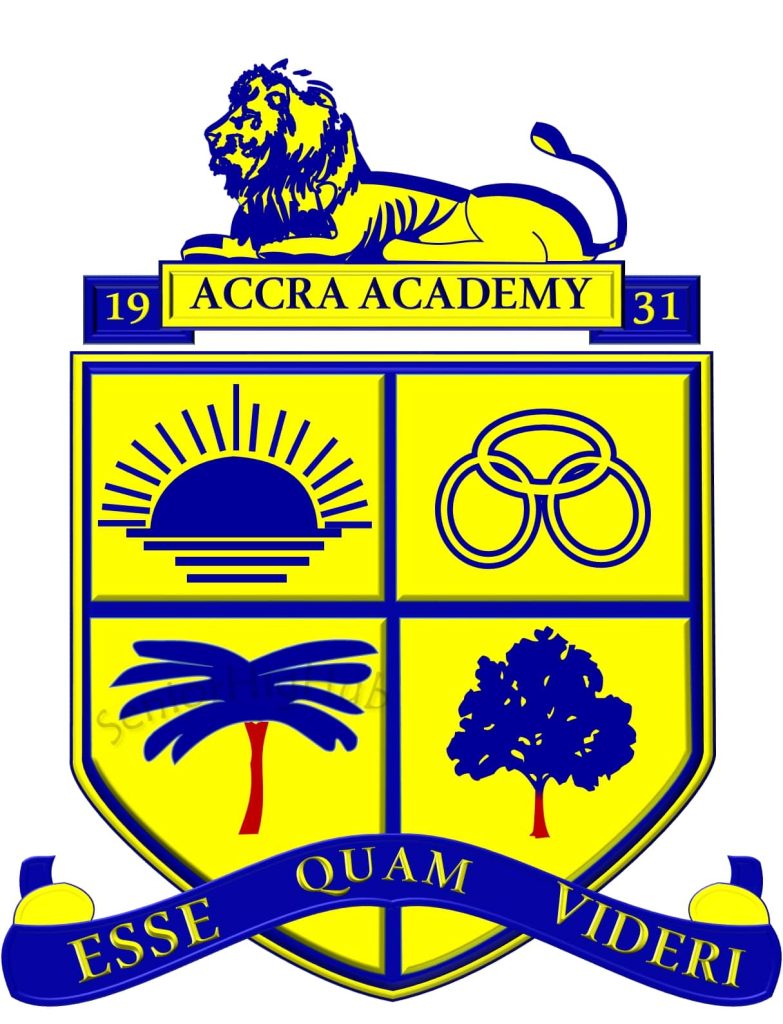Located in Bubuashie near Kaneshie in the Greater Accra Region of Ghana, Accra Academy is a prominent non-denominational day and boarding school exclusively for boys. Founded in 1931 as a private secondary educational institution, the school became a Government-Assisted School in 1950 and was the first private academy in the Gold Coast.
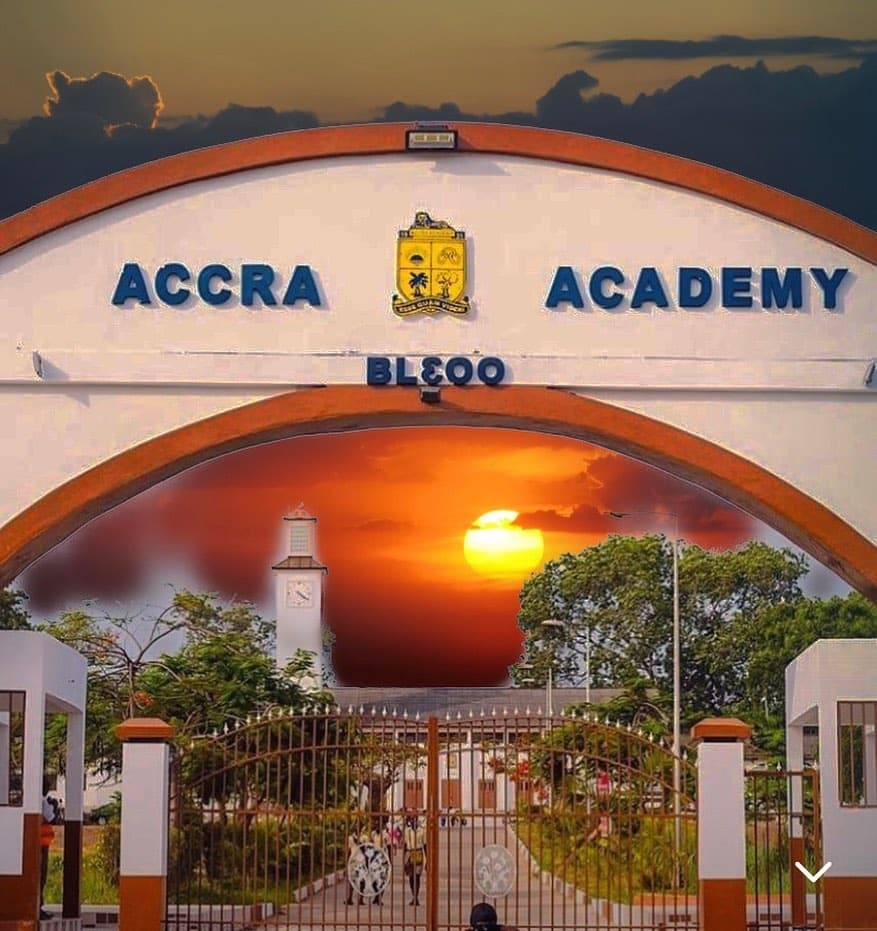
The academy offers courses in business, general science, general arts, agricultural science, and visual arts, leading to the West African Senior School Certificate. Initially, the founders provided tuition to financially disadvantaged students who wanted a secondary education. However, as of 2005, the school admits students through a school selection placement system based on a general directive from the Ghana Education Service.
Accra Academy has been consistently ranked as one of the top secondary educational institutions in Ghana. In 2003, Africa Almanac ranked it 8th out of the top 100 best high schools in Africa based on quality of education, student engagement, strength and activities of alumni, school profile, internet, and news visibility.

The academy has numerous unique achievements, including being the first senior high school to have produced successive Chief Justices of Ghana and the only school to have produced successive Ghanaian speakers of parliament. It is also the first school to have produced a head of state and a deputy head of state in the same government in Ghana.
History
Ellen House in the school was the original one-storey building that housed the academy when it was founded by Messrs. Kofi George Konuah, Samuel Neils Awuletey, Gottfried Narku Alema, and James Akwei Halm-Addo on July 20, 1931, at Mantse Agbonaa, a suburb of James Town in Accra. It was named after Ellen Buckle, the widow of Vidal J. Buckle, a lawyer and Gold Coast elite, who leased the property to the academy’s founders. The school began with 19 students in Forms 1 through to 3, and the teaching staff consisted of the academy’s founders, M. F. Dei-Anang, and S.S. Sackey.
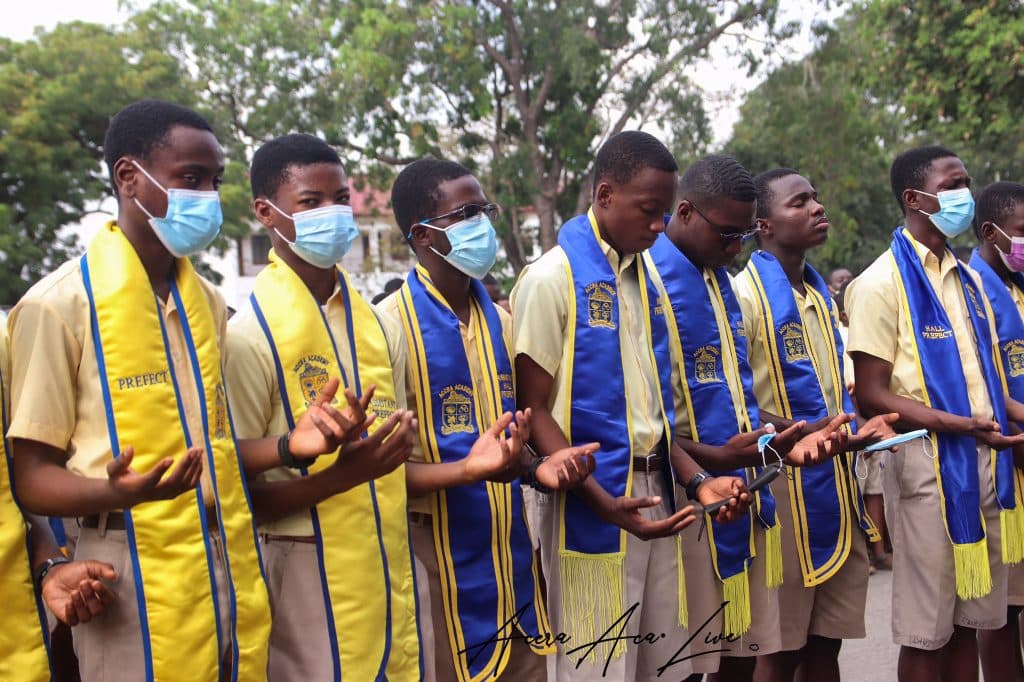
In December 1932, the academy presented its first batch of ten students for the Junior Cambridge School Certificate Examination, and seven passed. The academy presented 45 students for the Senior Cambridge School Certificate Examination in 1939, and 42 passed, with ten students obtaining exemption from the London Matriculation Examination. The academy was recommended for Government Assisted School status in 1947, and it began operating as a government-assisted school on January 1, 1950.
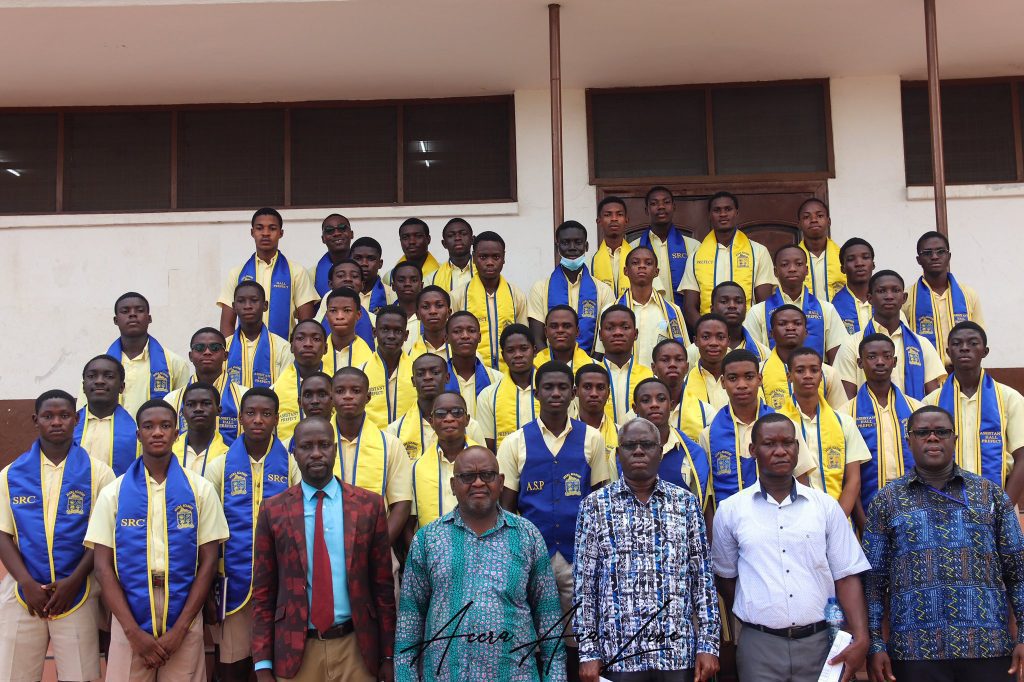
Due to limited accommodation, the academy only offered accommodation to students in special circumstances at Claremont House, a single-storey building adjoining Ellen House, which was also leased by Ellen Buckle. The academy administrators prepared to relocate the school due to a steady increase in the number of applicants. After several attempts, the academy was offered a 37-acre plot of land at Bubuashie, off the Winneba Road, by the Convention People’s Party government in 1956.
The development of the new school site was contracted to J. Monta & Sons in October 1959, and the actual work began in December of the same year. The staff and students relocated to the present site at Bubuashie in September 1961, and a ceremony to officially recognize the academy’s relocation was held in February 1962.
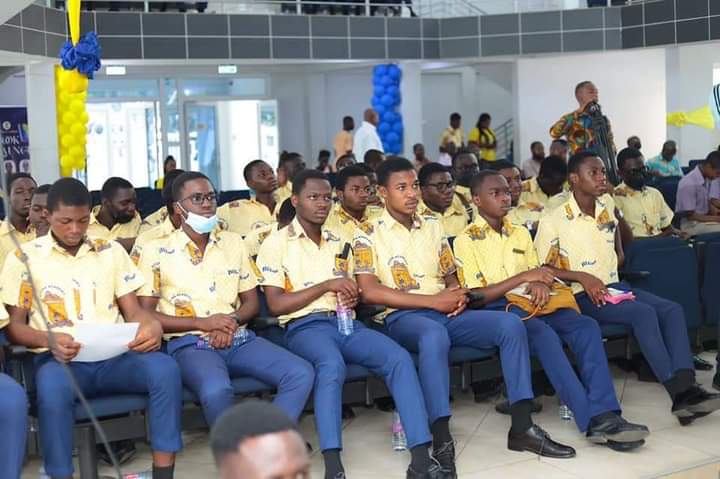
The academy acquired the nickname Little Legon after some students from the Western Region who had gained admission into the University of Ghana mistakenly reported at the academy instead of the University of Ghana. A dormitory block was completed in 1966 to serve as a residential facility for students.
In 1981, the academy celebrated its golden jubilee as a fully-fledged senior secondary school with a student enrolment of 900 and a teaching staff of 52. In 1990, the Provisional National Defense Council permitted the academy to operate as a semi-autonomous educational institution, together with ten other secondary schools, upon acknowledgment by the Secretary of Education, K. B. Asante.
Notable Alumni
- David Kpakpoe Acquaye FGA (Bleoo ’48), soil scientist
- James Adjaye, Genetic Scientist
- T. Q. Armar (Bleoo ’36), Ghanaian Educationist and Publisher
- Edwin Asomaning FGA (Bleoo ’50), Plant Pathologist; Director of the Cocoa Research Institute of Ghana
- Michael McClelland (Bleoo ’72), Professor of Microbiology and Genetics at the University of California, Irvine
- Richard Damoah (Bleoo ’96), physicist and research scientist at NASA Goddard Space Flight Center
- George Odamtten FGA (Bleoo ’67,’69), mycologist
- Richard Orraca-Tetteh (Bleoo ’51), former professor of nutrition and food science at the University of Ghana
- Frank Gibbs Torto FGA (Bleoo ’36) (foundation student), former professor of chemistry at the University of Ghana, foundation member and later president of the Ghana Academy of Arts and Sciences. First Ghanaian lecturer of the University of Ghana
- Daniel A. Wubah (Bleoo ’77,’79), Microbiologist, Current president of Millersville University of Pennsylvania
- Many More


